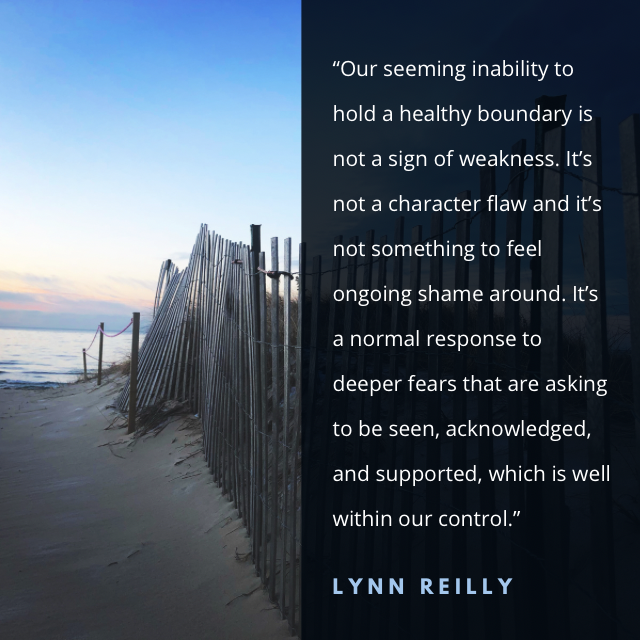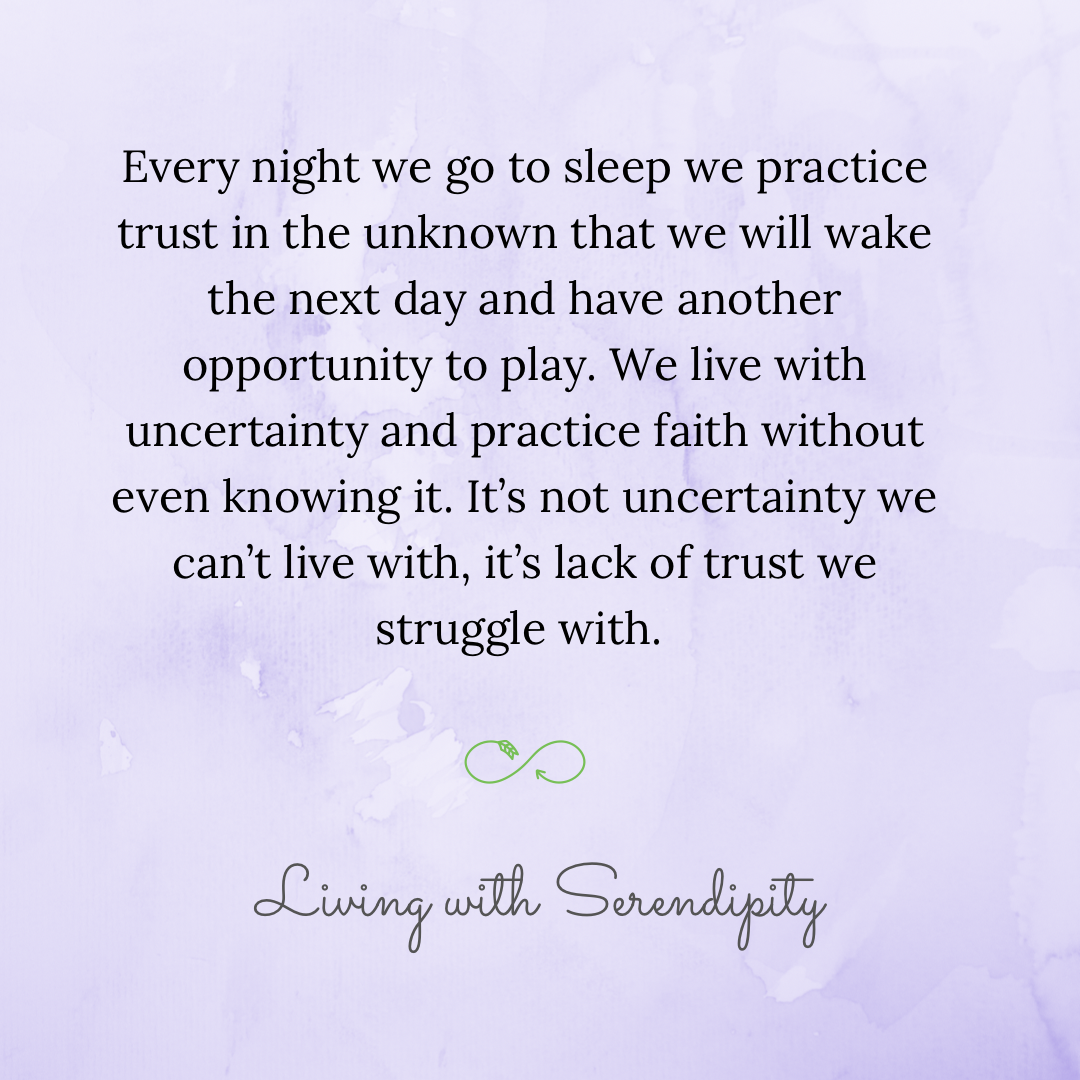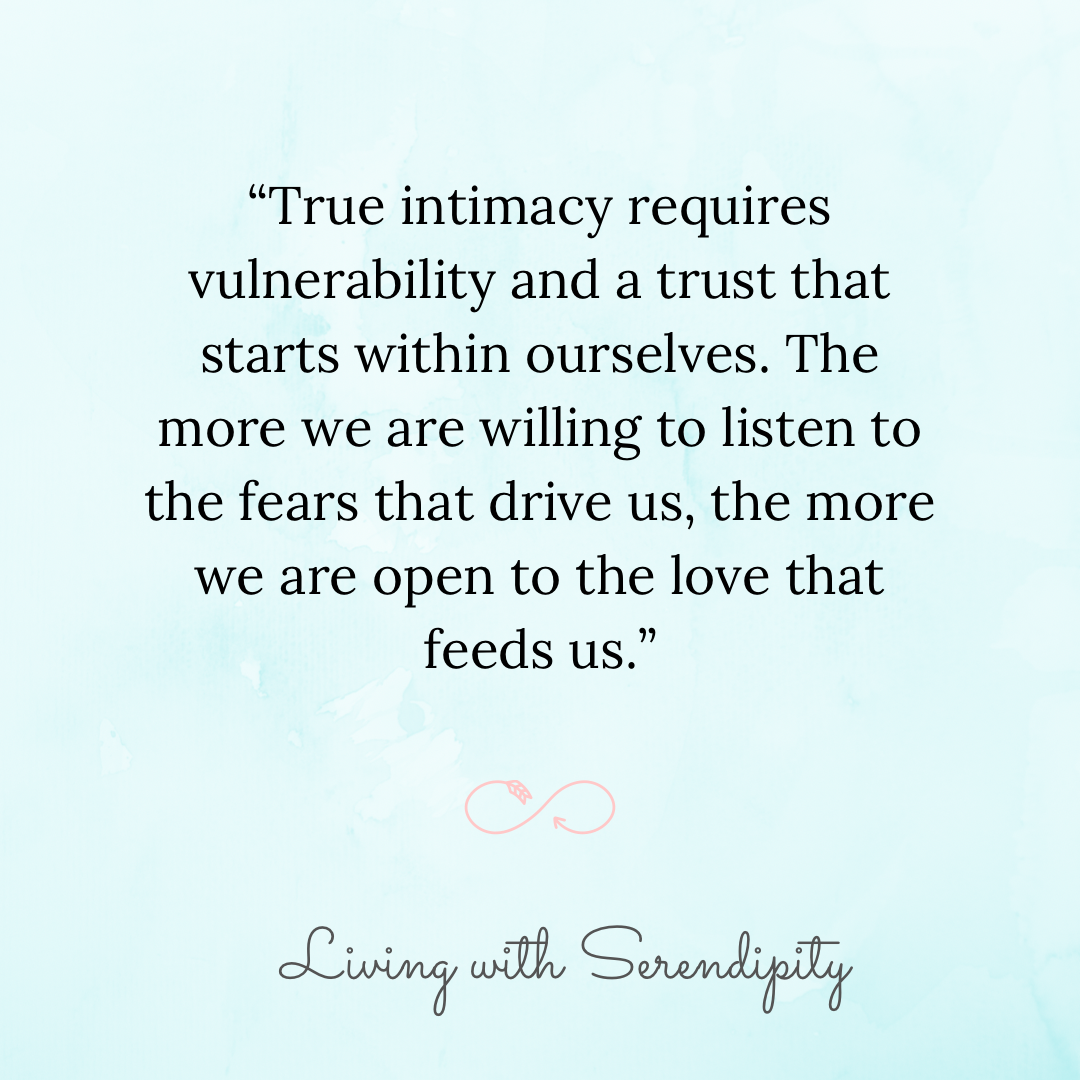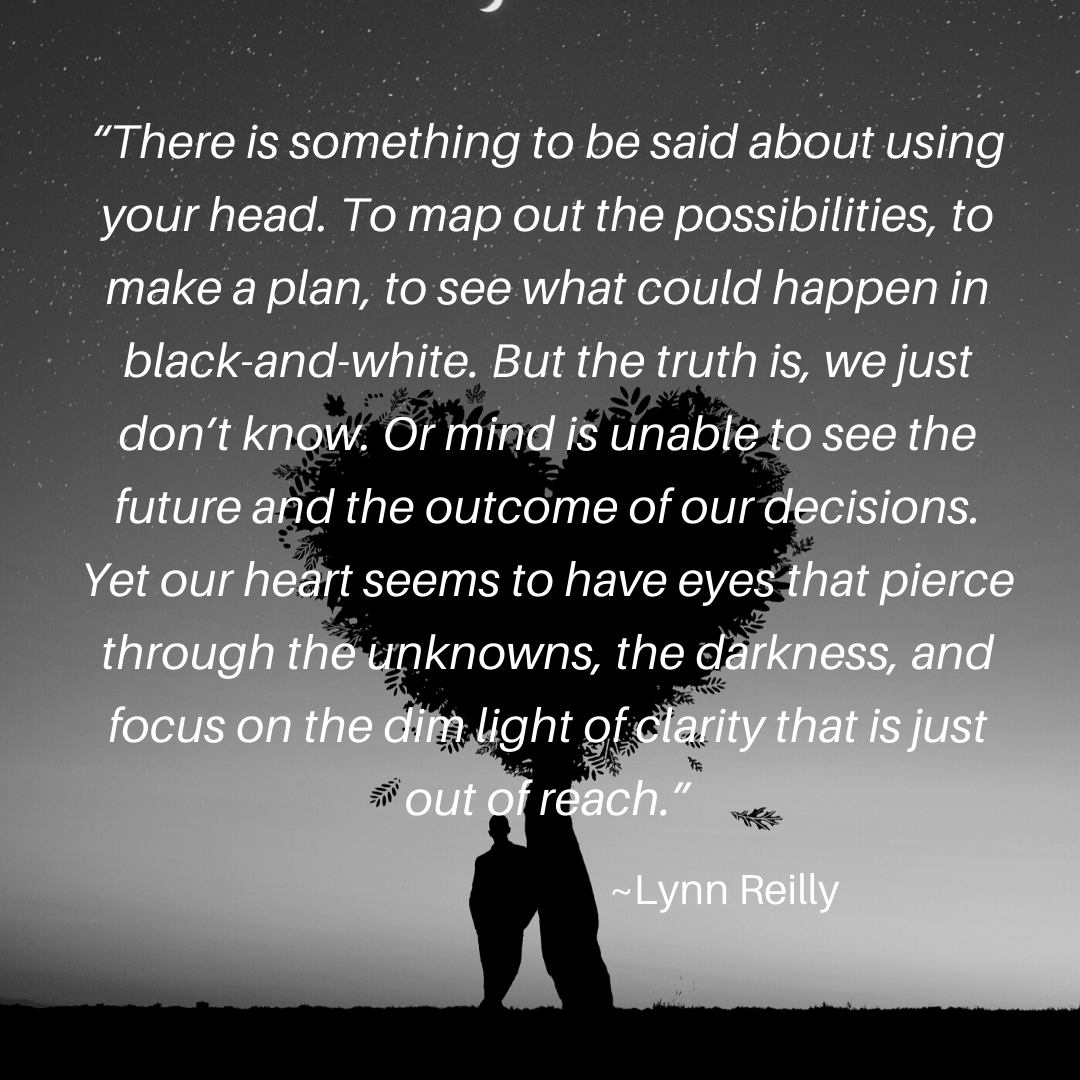We often talk about the need or desire to slow down when we feel like we are doing too much. We feel the pull to step out of the race we didn’t know we signed, but what happens when we do?
A few years ago I was looking to shift my business goals and focus more on writing and less direct work with clients in my private practice.
I couldn’t wait for things to slow down. My personal and professional responsibilities seemed to take up every moment of my day and I wanted more time for myself. If I knew how many moments there were to count before I got there, I would have counted them.
The compromises played out on repeat.
“After this, I’ll be good.
When this happens, I’ll slow down.
I just gotta get through this and then I will be able to breathe.”
One of two things generally happens next- either the slow down is avoided as other distractions fill the potential space or once the slow down begins, our bodies and minds which are easily accustomed to the ongoing stress, begin to create new stressors and distractions to avoid the feelings that come with the slow down.
Why?
Because the slow down is hard. We say we want it until we become so used to the adrenaline high and crash of stress we don’t know who we are without it.
I started asking myself questions I had never considered…
If I’m not actively doing something, who am I? What’s my value? What’s my purpose? What do I bring to the table?
I didn’t know if I wanted a break from activity as much as I wanted a break from the expectations.
The expectation that I have to prove something, like my value. Or the expectation that I have to earn free time with no responsibility, or doing things I genuinely enjoy.
During my slow down, I began to see the cracks of where my energy was seeping out. The time I spent trying to build something outside of me instead of focus on the instability inside of me.
I know that sounds a bit cliche, but it was true. I looked for ways to maintain my energy from feeling needed from others. As I began to have less distractions I could see that I was incredibly uncomfortable without all the inner buzz asking me to stay on top of my responsibility. The Should’s were super loud.
“Well now that you have time you SHOULD dig in and start writing. You have space so you SHOULD fill it with all the things you didn’t have room for before. You SHOULD move your body everyday and eat well and meditate more deeply and have all the answers to what you are doing next by…the end of the day today. Get on it.
Oh also, you SHOULD be having more fun and feeling fully content.”
But instead, I froze. And felt drained…just by expectation alone.
I didn’t want to push. I didn’t want to hustle. I wanted to rest and learn what relaxed felt like.
When you are living in fight or flight for so long, the let down and “healing” phase feels completely unfamiliar. When you spend most of your time scanning for threat and a problem to solve it becomes an instinct and lasts well after the threat has left. The system becomes addicted to the adrenaline and protecting itself so when the threat is not there, it will create one just to feel “normal.”
I imagine this is what people who retire must feel like. Or when someone is suffering from an experience or illness that forces you to slow down.
All the stuff that was avoided before now has the space to remind you it’s still there. And this time, it’s not letting you close your eyes. In fact, it may even make your eyes stay open all night wondering what the hell is happening with all these weird feelings coming up.
I can see now it’s a detox of sorts. Letting the feelings come up and the habitual fear thoughts who were quietly running the show reveal themselves with a more forceful approach.
The irony? I teach this. I see it in other people so clearly, but in myself, it felt like I was stranded in crazy town with no ride or exit out.
So what did I do? I cried a lot. And read books I was drawn to. And took a lot of naps. I looked for distractions to fill the space but there weren’t any I even had the energy for.
I was tired. And sad. And lonely. And all the yucky things I avoided for a long time because those feelings were not “productive” and there was no space for them to get shit done.
As I said to a friend, sadness makes me feel helpless, whereas anxiety motivates me, yet makes me impulsive. I was on my way towards the middle but I felt no patience around it. I had no blueprint or map on where I was going or what to expect.
I was no longer sinking but I was not comfortable riding the waves either.
What did I used to say all the time? Oh yes- Go with the Flow.
Yet going with the flow is hard when you lost your faith in the middle of it.
And that’s where I landed in the middle of the slow down. Faithless, lost, and having no idea how or if I’d find my way out.
I don’t know at what point I recognized I needed more help, I just knew I did.
A mental health therapist myself, I’d never had much luck with therapy. I rarely lasted long with talk therapy because I could process my own experience and patterns quickly and didn’t leave my therapist with much room to help me. I knew I’d have to try something different and I was ready.
I didn’t need help seeing my patterns, I needed help feeling and moving through the resistance that came with changing them.
I invited in a tour guide (my first somatic based therapist) to help me go into the depths of myself and find my way out a bit less beat up.
This is where I learned how many injured parts lived inside me and the ways they were showing up. Life hasn’t been the same since, and for that I am grateful.
The more I look and feel what’s inside me the more I can see the ways my life outside me both reflects and challenges my injuries. And the more I see, the more I can make new choices to change and enhance my life.
The deeper I dive into this work the more there seems to be to explore and reveal. I am both fearful and fascinated by what I continue to find. And that is how I know I am on the right path for me.




















